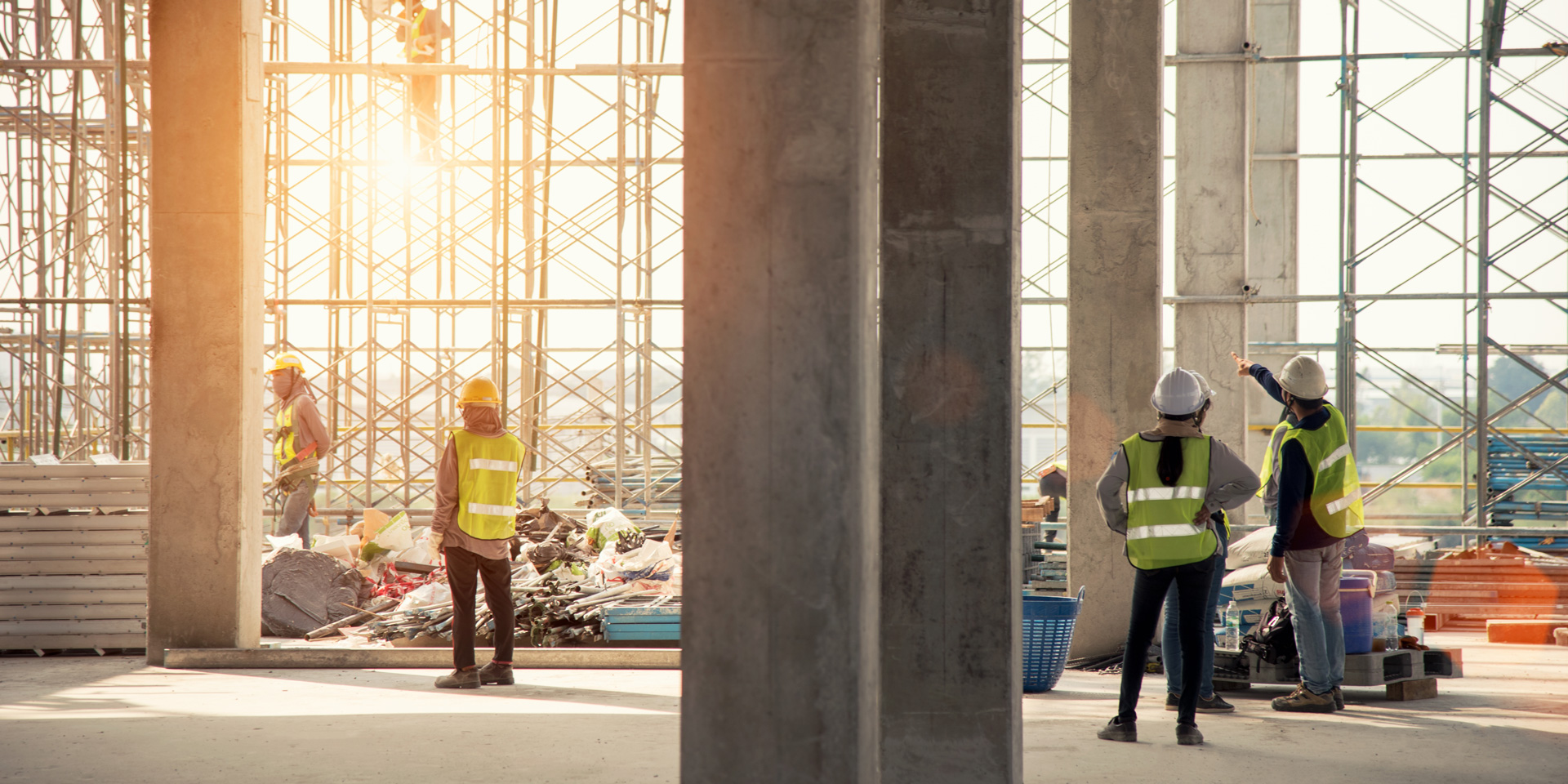GCG excels in safety and hygiene management systems and implementing practices to manage all forms of hazardous exposure, including exposure to infectious diseases such as COVID-19.
While we know that employers have an obligation to manage the health and safety risks posed by the COVID-19 virus as far as reasonably practicable, what does this mean in the context of the current environment? We believe that our risk-based models based on understanding the context of the risk, and implementing controls consistent with the existing risk management methodologies remain valid. GCG’s core approach is focused on finding the right balance between documented process, implementation and maintaining appropriate records of how we managed the risk – and communicating this to the people that need to know, as quickly and as effectively as we can. We have a strong reputation for conducting methodical reviews of existing Workplace Health and Safety (WHS) systems and practices. Our approach involves consulting key personnel and validating existing controls to ensure our recommendations improve the effectiveness of our client’s system by removing unnecessary burdens.WHSMS & COVID-19
An effective Workplace Health & Safety Management Systems (WHSMS) should be a continually evolving or improving system which incorporates feedback to manage and improve safety related outcomes. Organisations should ensure their existing WHSMS are up to date with the latest COVID-19 information and advice to ensure that any action taken is measured and appropriate. Depending on the workplace, an appropriate range of actions may include:- Monitoring official Government sources for current information and advice
- Reviewing and promoting organisational policies and measures for infection control
- Ensuring workers are aware of the isolation/quarantine periods in accordance with advice from the Australian Government Department of Health
- Providing clear advice to workers about actions they should take if they become unwell or think they may have the symptoms of coronavirus, in accordance with advice from the Australian Government Department of Health
- Providing regular updates to workers about the situation and any changes to organisational policies or procedures
- Contingency planning to manage staff absences
- Providing workers with information and links to relevant services should they require support
How can we help?
GCG is providing assistance to organisations that required a review of their existing WHS Management System to enable them to successfully navigate this period. We can help you too. We are able to develop and implement safe systems of work that include directions and advice provided by Australian Government health authorities relating to COVID-19.Why choose GCG?
From a business perspective, GCG recognises the emphasis to run business operations smoothly to ensure companies benefit from continued operations and profit gain. A lack of both safety and hygiene planning at the workplace can ensue challenges around the workflow and possibly allow long-term health effects at your company. This is why the Consultants at GCG take pride in producing quality yet effective work to ensure clients hold a clear advantage – to commence operations as per usual and to keep the issue contained and/or eliminated. The main part of our job is to figure out the clients’ requirements based on size, scope, location, and budget to fully understand what is expected. GCG’s hygiene consultants are professionals in the industry who are certified with the Australian Institute of Occupational Hygienists (AIOH).